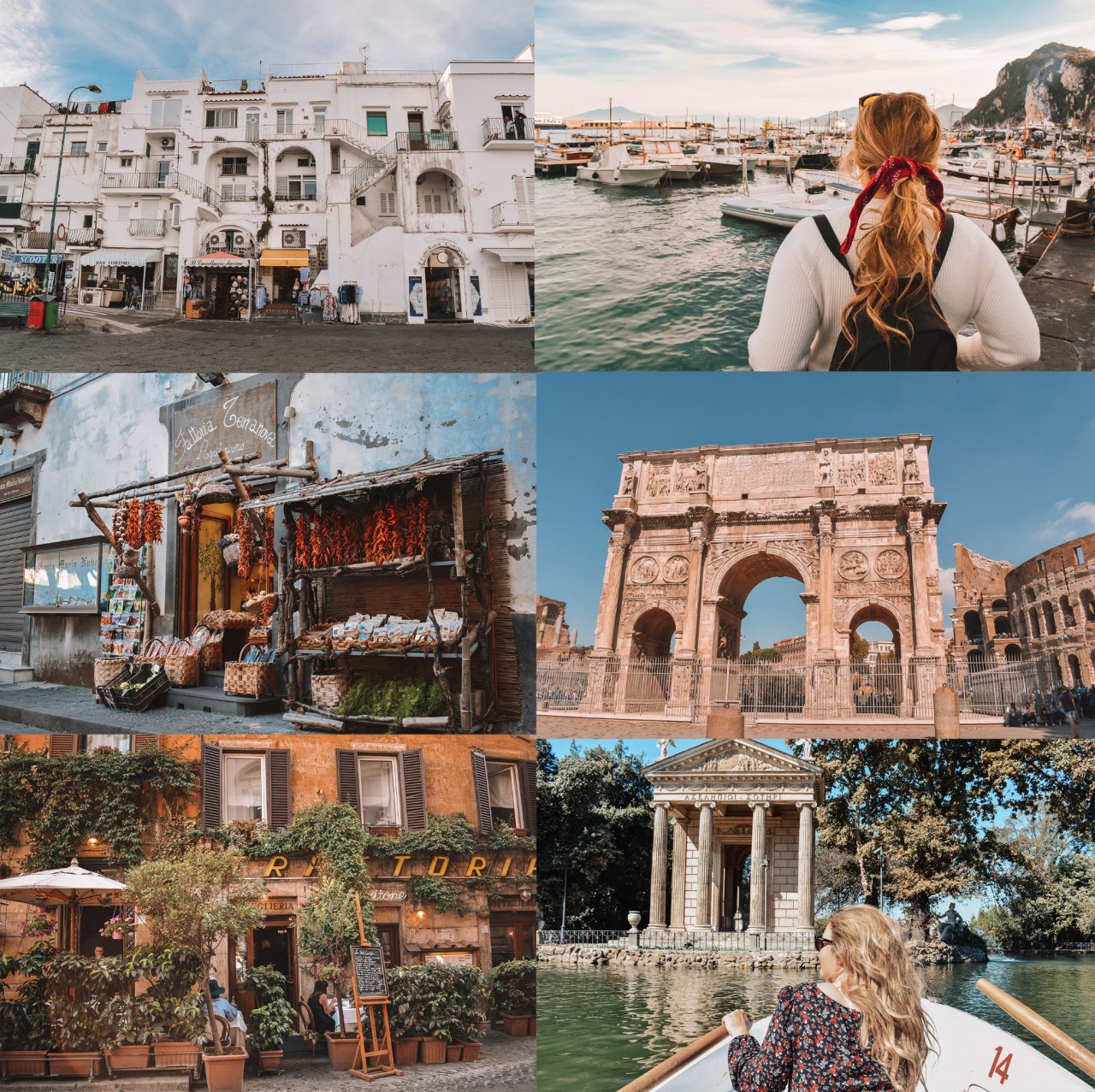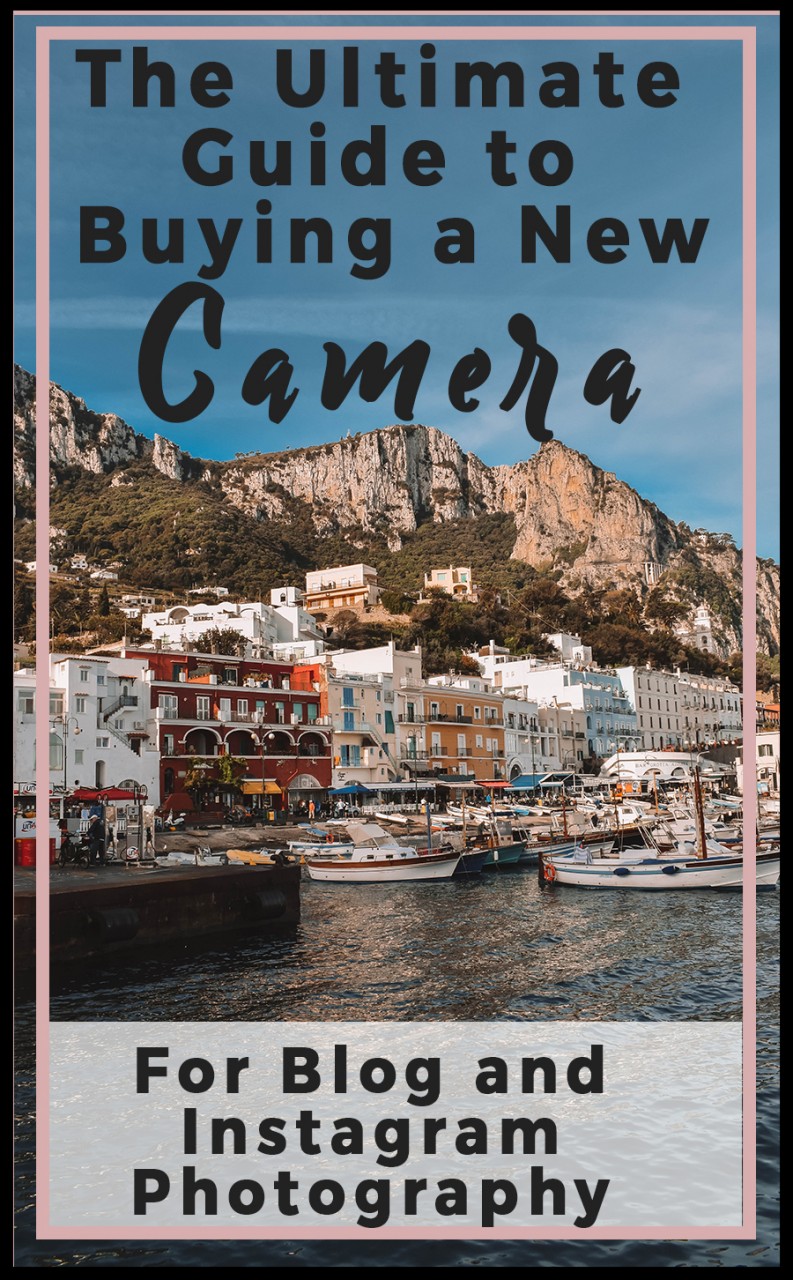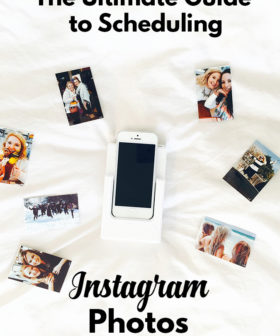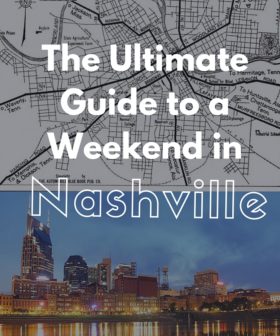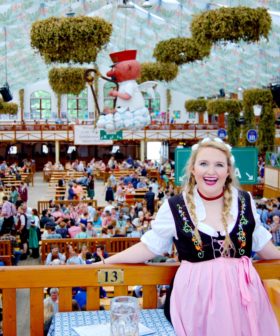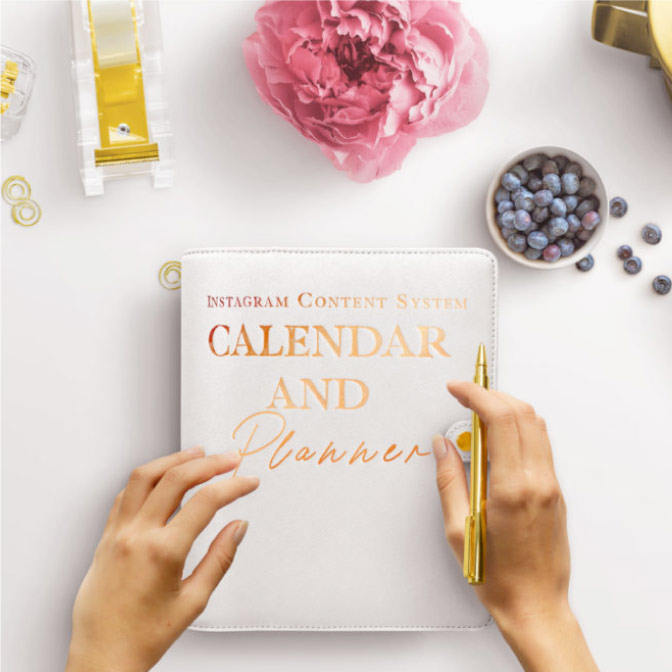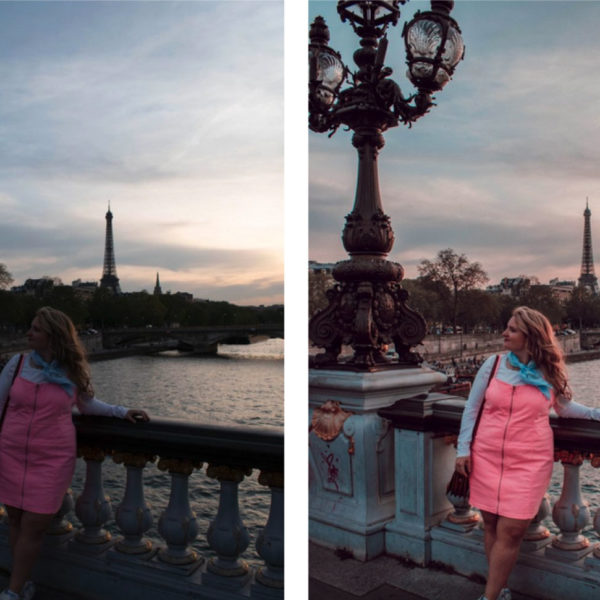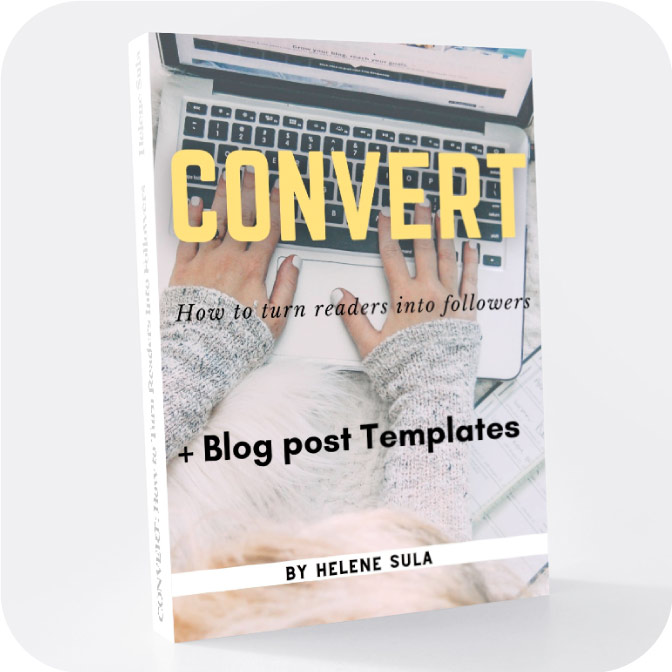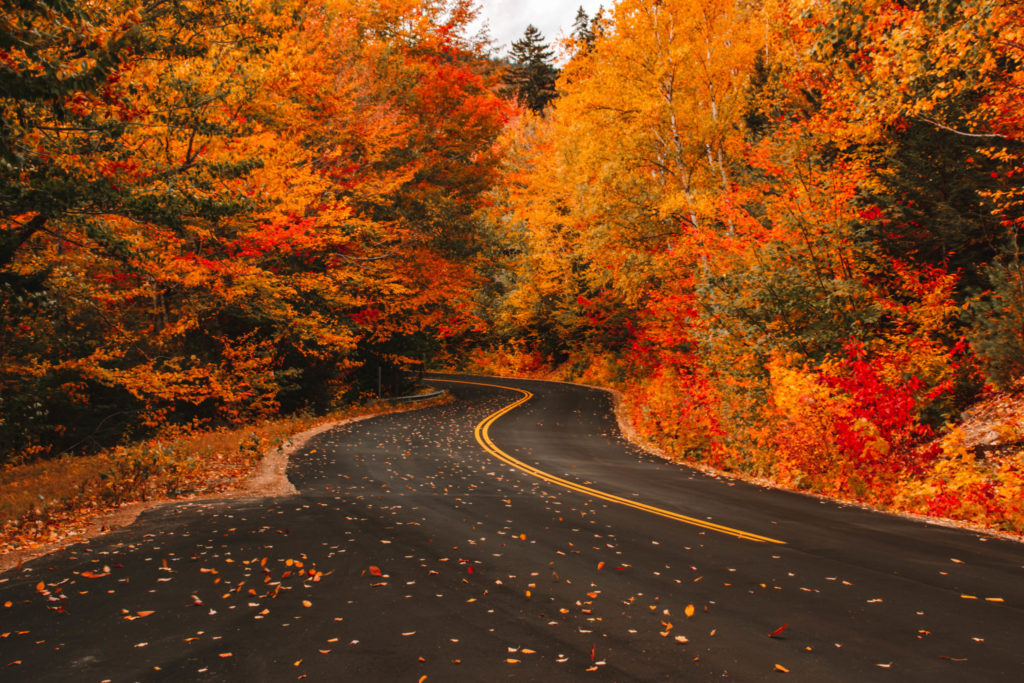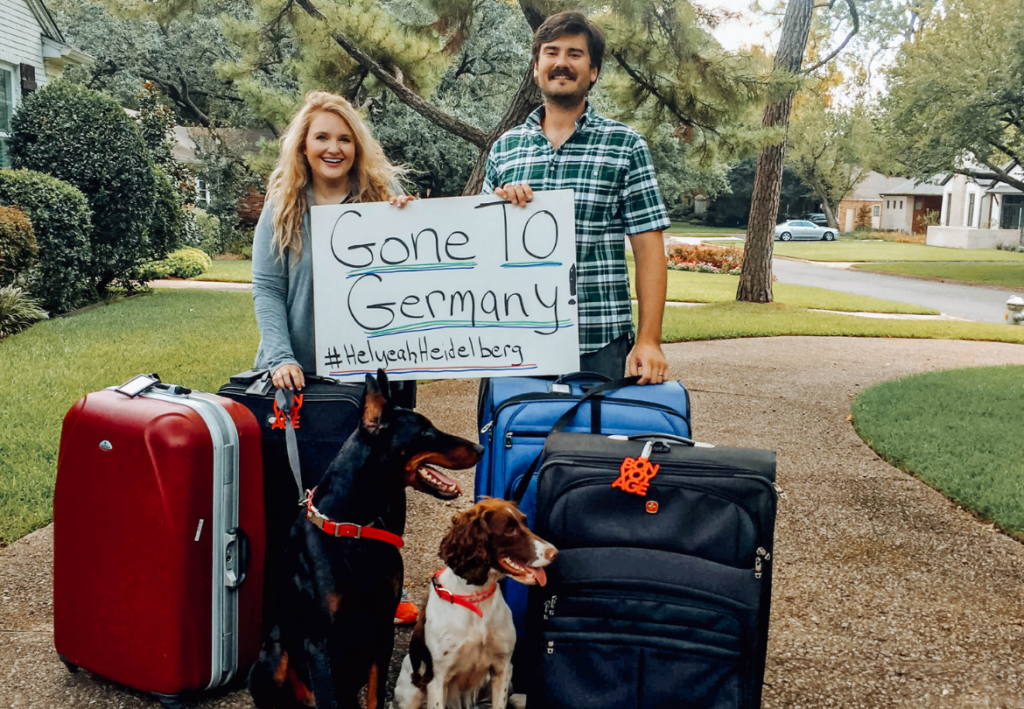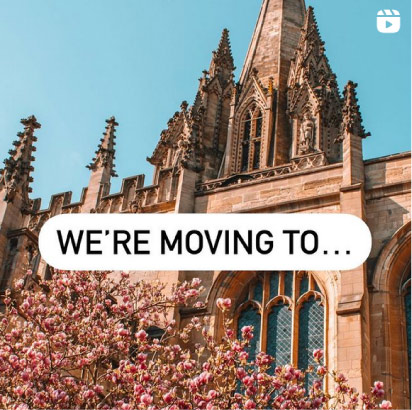So you've decided to buy a new camera! First, congrats! It's an awesome investment and one that has been quite a long time coming for me. Buying a DSLR or mirrorless camera can quickly feel daunting and overwhelming. There are so many options and extra bells and whistles. What kind of camera is the best? What kind of camera do you really need? This guide is designed to help break down everything you need, in easy to understand terms. Truthfully, I could not have bought my new camera without some research. Luckily, my husband, Michael helped me with that. He spent weeks digesting everything there is to know. I asked him and he kindly helped create this extremely thorough guide on how to buy a new camera.
Before we get into this guide, know that you really can't go wrong. The technology available today means we have extremely awesome cameras at our fingertips. But what you should remember is to buy a camera based on what works for you. I am not a professional photographer. I know I won't be shooting fast moving sports scenes. I bought a camera based on my needs. I want beautiful pictures in a variety of settings. So now, let's get to it: the ultimate guide to buying a new camera.
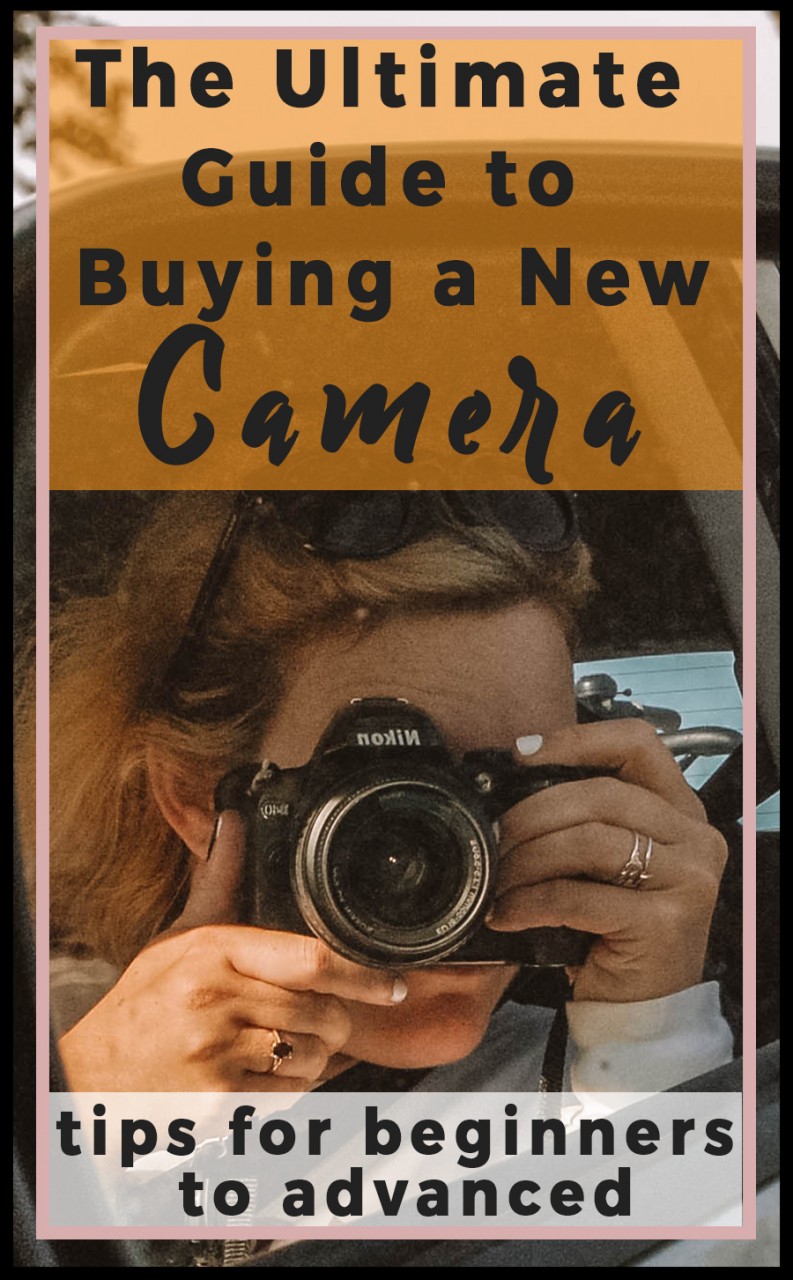
In this guide, I'm going to break down the key factors of buying a new camera, as well as my extensive research process. I'll talk through crop sensor cameras versus full frame (and an explanation of what that means). I'll walk through mirrorless camera versus more traditional camera- and the process it takes for capturing images. And I'll talk about lenses. Throughout, I'll keep cost in mind and weigh the pros and cons of each. WARNING: This guide is extensive. I wanted to give you a full review of what you will find on the market today and how to make the best decision for you.
The Ultimate Guide to Buying a New Camera (Beginner to Intermediate)
Speaking honestly, buying a new camera is challenging, but that’s largely due to the overwhelming choices of quality equipment on the market. This is a good problem to have, but when it comes to spending your hard earned money you want to make sure you’re using it wisely.
For reference, here are the cameras I was looking at:
My Photography Background
First, a few things about my photography so you know where I’m coming from. I am not a professional photographer. There will likely be a few in the comments who will help correct where I’ve stepped astray in this report, and I’m happy to hear their input. That being said my photos do help me to make money, secure new projects, gain followers, and generally support my business. I’ve taken a few classes to help me get comfortable shooting in manual mode which allowed me to fully utilize my current camera and take my photography to the next level.
I used to shoot exclusively for my blog on my iPhone, but inherited a used Nikon D40, a traditional DSLR or full size camera, with the same overall design the pros use. This camera has served me well over the years. I’m really proud of the images I’ve been able to capture with it, but coming from a life of literal hard knocks (I dropped it multiple times) it came with some malfunctions that continued to worsen over the years which are making it difficult to use. Also at 10+ years old it is at this point missing some significant features available on the market today.
Similar to other pieces of technology today you’ll be hard pressed to make a bad choice on a new camera because we’re living in a wonderful time when the technology is superb across the board. The challenge is to make sure you’re purchasing the right equipment for you without falling down the easy to follow path of spending more on diminishing returns.
Here’s another example to help you understand what I mean by that. Is a $200 coat a very nice quality coat that will keep you warm in almost all scenarios for years to come? Definitely. Is a $1500 Artic Expedition coat even nicer and will keep you warm in every scenario? Of course, but unless you plan to regularly go on Artic Expeditions in the near future it’s overkill and a waste of funds that could be better spent somewhere else. The nicer (aka pricier) item will always be there if you really decide you need or want it later on, but if costs are keeping you from jumping in don’t be fooled to think you have to spend an exorbitant amount just to get started taking great photos.
Before purchasing, Michael and I (note: mostly Michael) did lots of research on camera comparison, price comparison, and just a general knowledge to understand the differences in cameras. We spent hours and hours of research to help decide where best to spend the money on a camera. The best place to start is to decide what features are important to you in a new camera and how you’ll be using the photos you’ll take. I’ll explain my criteria below.
The majority of the shots I take are done when traveling. This means my first priority was a camera that was small and light because I’ll be wearing it around my neck for 12 hours a day or trying to fit it in my carry on.
All of my photography ends up on my blog or Instagram. That means people will be viewing it most likely on a 13-15 inch laptop screen (okay, okay hopefully some of you are running dual monitors for productivity and might have a 22-24 big boy sitting next to it) or on a 5 inch smart phone screen. Image quality is important to me, but I’m not printing out large frame family portraits for clients to hang over their fire place or gallery size art exhibits.
Canon was eliminated pretty early on, only because I'm used to Nikon. So, I knew that because they are similar I decided to focus on the features of the other three.
Of all the market considerations available it really came down to three items I had to make decisions on:
- Full frame vs crop sensor
- Mirror vs mirrorless body
- Lens upgrades
Let’s dig a little deeper on these topics.
Full frame vs crop sensor
The sensor is the part of the camera that replaced film. It is where the light is captured and digitized to make an image. For years, all the highest end pro level cameras shot with what was known as an APS-C sized sensor. Many of the pro level cameras still use these types of sensors today. Around 5 years ago a new larger sensor came to the market. It is known as full frame because it is basically the same size as film. The smaller APS-C sensor is now widely known as crop likely to help sales of new more expensive full frame cameras.
Does a full frame sensor take a better photo? Yes, but primarily in extreme conditions (low light, fast action, etc.) and the improvement likely won’t be noticeable to the non-professional eye. Particularly when viewed on small screens. This article compares images shot on full frame vs crop sensor cameras. Also, one way to combat the slight gap in image quality between full frame and crop is with high quality lenses which we’ll discuss in a bit.
Are there any drawbacks to full frame cameras? Well cost is of course a big one. You’re not getting a full frame camera for less than $1000 and while you can easily spend thousands on cameras, can your shooting ability and applications really justify that? Full frame cameras at this time almost exclusively come in pro level gear that is significantly larger and heavier due to extra features needed by professionals. For cost and heft I decided on a crop sensor camera which have been taking beautiful images for years. One decision down, two to go.
Mirror vs mirrorless body
The added heft of a full frame camera can be defeated by another newer technology to the market; mirrorless cameras. Unfortunately, the cost is not abated so full frame mirrorless wasn’t on my radar either because I simply can’t justify the added cost for the limited improvement in image quality. There are lots of new crop sensor mirrorless cameras on the market too and they are smaller and lighter than their traditional DSLR counterparts, a big perk for me. A traditional SLR or Single-Lens Reflex camera uses a mirror to direct the light to your eye through the viewfinder. To take a picture the mirror flips out of the way to expose the sensor. This design is inherent with added weight and size which a mirrorless camera eliminates. To compose your picture on a mirrorless camera you use a large screen like on your smartphone or an electronic viewfinder. An additional benefit of a mirrorless camera is that when composing a picture, as you adjust exposure settings, the electronically produced image will predict what the image will actually look like before you take it. Meaning, as you adjust the setting, it shows you what it will look like right on your screen. This is not possible on DSLR where you’ll only see your actual image in review mode (so after you snap and hit play will it show you what you took). This also sounded appealing to me because as I continue to learn more about shooting there’s still a fair amount of trial and error.
One draw back of mirrorless cameras is a substantial reduction in battery life, like half. A typical DSLR will shoot 900+ images in one charge whereas a mirrorless may only get 400. I occasionally shoot 300 pictures a day so this would likely mean having to carry an extra battery around with me in case I forgot to charge the battery the night before. It also means always packing my charger even for quick weekend trips.
I love the fact that mirrorless cameras are smaller and lighter, like the ability to see exactly how my image will look before I shoot it, but am hesitant on battery life. We’ll have to come back to this decision later.
Lenses for your camera
Finally, the last topic to discuss is upgrade lenses. Afterall, the advantage of buying a nice camera is the ability to change lenses for different tasks. Think of lenses like apps that help you utilize the full potential of your new camera. Again not a pro photographer here, so one of the important lessons I learned during this process is that there are crop sensor lenses and full frame lenses. Both can usually be interchanged, but there will be some trade-offs you need to be aware of. Due to photo physics wizardry a full frame lens shot on a crop sensor will increase its zoom. This explains the phenomenon of why the large aperture lens I purchased for creating extra background blur or bokeh at a 50mm focal point is fairly difficult to shoot large scenes close range. This is because on a crop sensor like in my Nikon D40 it actually becomes a 70mm or fairly telephoto/zoom lens. If I had known better I would have bought the same lens at 35mm to have a more natural viewpoint. Basically, this lens is great, but only for very close up shots.
Again, due to optics wizardry crop lenses shot on a full frame sensor won’t make full utilization of full frame thus negating the point of paying for the expensive sensor. An advantage of crop lenses is that since the sensor is smaller the lenses typically need less glass and you can get better quality for the same price. Full frame lenses can be shot on crop sensors and if someday you upgrade to a full frame you’ll be using it to it’s full potential. Just make sure to compensate for focal length or zoom if you’re shooting a full frame lens on a crop sensor.
This leads me to my next point on lenses. They make a great investment because they hold their value. Unlike camera bodies where every year new technology evolves seemingly reducing the value or your current camera (again don’t forget about chasing the law of diminishing returns), some lenses have been using the same mounts for decades and there have not been quite the same number of recurring advances in technology that we’ve seen in bodies.
You may hear from a salesman or read online that you should immediately replace the “kit” lens that came with your camera because they are of inferior quality. Again I would have to point to the fact that at in this day and age the lens that comes with your camera is probably pretty capable and particularly so for the everyday shooter. Think of them as the Jack of All Trades lens. Only in extreme conditions or with the desire to achieve specific creative affects will you really notice a difference in an upgrade lens. Due to their economically minded production they tend to be light too, a plus for me. Here is a fun video comparing lenses ranging from $150-15,000.
The best value in upgrades lenses can be found with prime lenses. Prime lenses have a fixed focal point or viewpoint which reduces manufacturing costs compared to the zoom lenses your probably more used to that allow you to increase or decrease magnification. This allows for higher quality glass and assembly. So as far as upgrade lenses are concerned I’ll probably just start shooting with the kit lens and go from there. Even if I stick with Nikon I’ll likely sell the mismatched lens I currently own (thankfully they hold their value) for a better suited lens. That reminds me that while all manufacturers make their own proprietary lenses, there are number of established third party lens manufactures including Sigma, Tamran, etc. building lenses that fit cameras from all companies sometimes at a better price point for the same quality.
Making a decision on which camera to buy
So with all this information how did I finally make my decision? Well three top rated cameras that are all light, compact, and feature a crop sensor are the Sony A6300, Nikon D5600, and Fujifilm XT-20. The Sony and Fuji are mirrorless while the Nikon is a traditional SLR. Not to kill the punchline, but I’m very excited about my new Nikon and here’s why.
I was really enthusiastic about the new advances of mirrorless cameras, but when I actually tested them out in the stores those particular features became so much less important to me. I can’t stress what a crucial part of the buying process this was for me. First let’s address the size and weight issue. The Nikon D5600 just so happens to be one of the smallest and lightest SLRs ever manufactured so the slight size and weight advantages of the mirrorless bodies were essentially nullified. The shape and grip of the Nikon felt the most comfortable in my hand with the Fuji feeling the least. It was so small/thin and lacking a substantial hand grip that it just wasn’t comfortable to hold which caused me to eliminate it as a choice.
The next advantage of the Sony mirrorless is the electronic viewfinder which has the capability to show me exactly what my exposure will look like and adapt as I change settings. I was initially super excited about this feature, but it just didn’t hit home in the real world. It simply does not feel as natural as shooting with an optical viewfinder. As I adjusted the settings and watched the electronic screen adapt I felt like I was looking at what the image would look like only through the electronic viewfinder, which to me didn’t look close enough to what I imagine the images would look like on my blog or Instagram to counter the un-naturalness of it. Maybe on pro level cameras or in a few years they would impress me more.
I was still sort of split between the Sony (maybe I should just adapt to new viewfinder technology after all), but one feature that especially pushed me toward the Nikon that I hadn’t even thought about until getting to the store to handle the equipment was the fully articulating touchscreen LCD. When I travel solo and Michael isn’t there to help take photos, I pack my tripod to get the best shots. The ability to see live whether or not I’m in frame for the shot will save me bukoos of time and frustration. Again I can’t stress enough getting to a store to play with these things in person. It’s a big purchase after all.
Another slight advantaged I noticed once in store was how nice it was to already be familiar with the basic layout of the camera. Buying the Sony would have meant relearning to shoot with the tool from scratch. I could pick up the Nikon and generally be ready to go with the same knowledge carried over from my 10 year old D40.
So a little bit more about my new favorite friend. The Nikon is “only” considered a mid-range or even entry level camera, but this camera still hit the bank at $800. Even in this market group though I have a 24 MP sensor as compared to the 6 in my D40 and a whopping maximum ISO (low light capability) of 25,600 compared to 1600. Another advance I’m looking forward to playing with is called bracketing or when the camera shoots the same image at three different exposures in rapid succession allowing you to subsequently combine the images to capture the optimum lighting across the scene. This is similar to HDR on your smart phone just taken to another level. The Nikon shoots video in 1080p not 4K, but I don’t shoot a lot of video anyway, primarily shoot it on my iPhone, and definitely can’t imagine many of my readers perusing my blog or Instagram on their big screen 4K televisions.
The humble kit lens that comes with just so happens to be equipped with image stabilization allowing more flexibility when shooting at lower light or fully zoomed and is equipped with a brilliantly fast and silent autofocus system. Not too shabby.
All in all I’m looking forward to showing you the new pictures I’m able to capture with my Nikon D5600. I’m not expecting to become a masterpiece photographer overnight (remember it’s never about the Nikes, it’s who’s wearing them), but I am looking forward to better quality images, new technological features, and finally getting away from the malfunctions that were not fault of the badly beaten up D40.
When deciding on a camera for yourself try and focus on the design aspects that are important to you, how much capability you actually need vs costs, and then be sure to handle a variety of cameras in person to make your final decision. The best comparison website I found along the way is cameradecision.com where it's easy to see the pros and cons of multiple cameras at once. This shows the comparison of the Sony and Nikon I was debating between, but you can swap out any cameras you’re interested in.
What I chose: Nikon D5600
I did for three reasons: It's less expensive and weighs less to have a crop sensor camera. I went with a camera that had great battery life (I hate recharging), and was something I knew I could easily upgrade lenses. I also liked the way it felt in my hand and the ability to see a real optical perspective through the viewfinder. I can always see what the image will look like before clicking. It's all I want in a camera and the price is also a wonderful value.
A quick note about buying: many say that it's best to make sure you are getting the right product. I suggest using Amazon or going to the store. That way you know EXACTLY what you're getting.
Here are some samples images I've taken over the past week on my new camera in Italy (p.s. see more on my Instagram @heleneinbetween!)
I know this guide is long, but buying a camera is not an easy decision. I wanted to walk you through the process we went through, the decisions we made, and how we decided. I hope this helps you make your own decision. Remember, you can't go wrong!
Pin it so you won't forget it!


